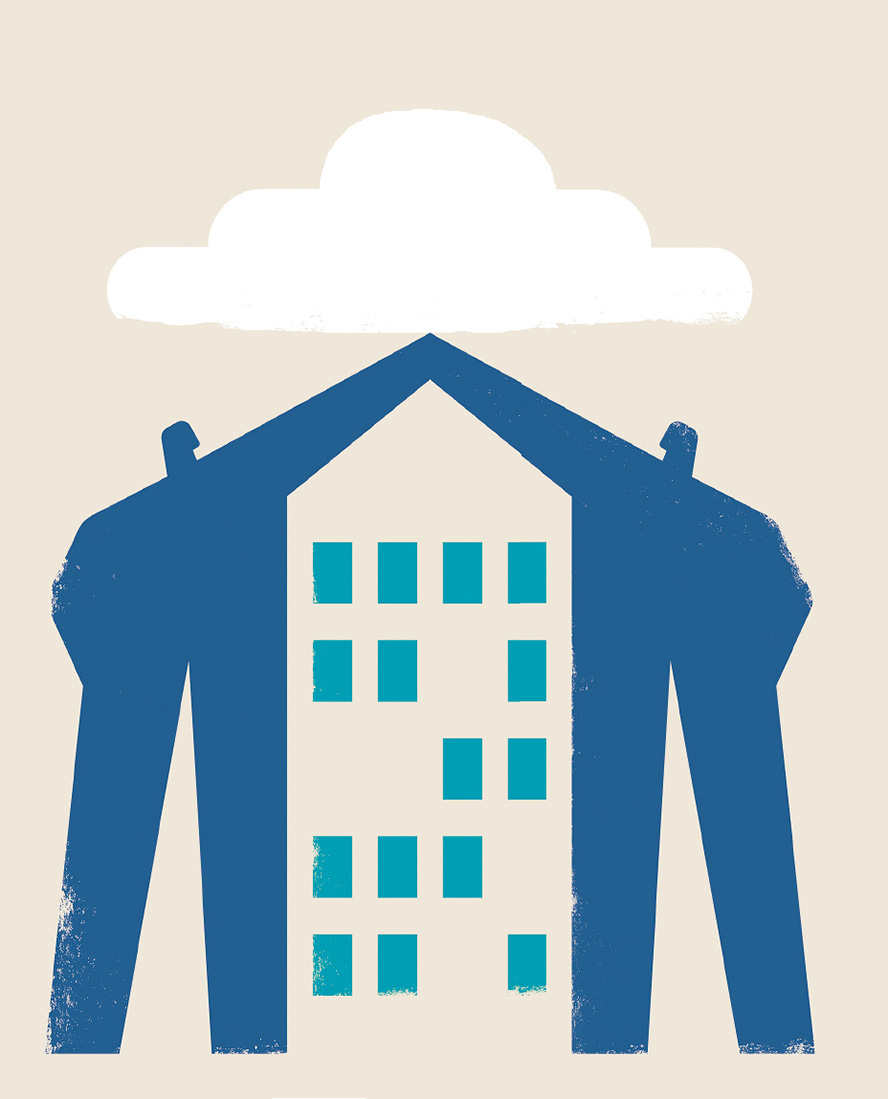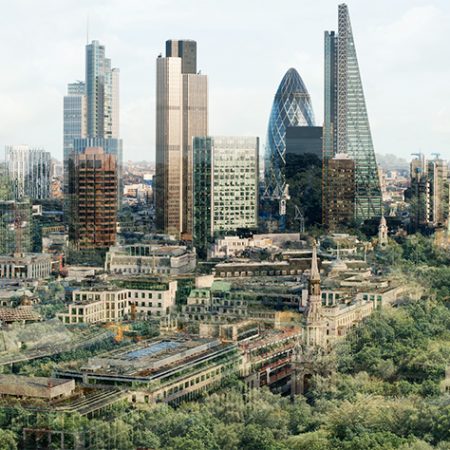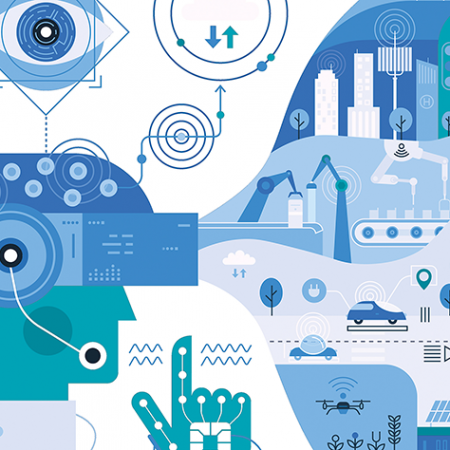Until recently, the concept of a smart city was primarily of a place where services were made more efficient and responsive for the benefit of its inhabitants. It referred to a framework, composed of the internet of things and cloud computing that collects, manages and analyses data.
Now, the smart city agenda is broader than ever. For one, there is an elevated focus on the wellbeing of individuals and social value for urban communities. The health crisis has coincided with an increase in extreme weather events, such as wildfires, storms and floods, that have focused the need to deal with climate change. This has heightened awareness of the threats to our lifestyle and the realisation that we need to imminently change habits to minimise our negative impact on the environment.
In response, today’s smart cities employ technology that embraces sustainability, liveability, inclusivity and resilience. Supporting this is a drive from people demanding that policymakers, technologists and urban developers deliver improvements to the cities they manage and build.
Real-time data keeps cities moving
The potential applications of smart-city tech are varied. Some use real-time data to monitor and manage traffic flows, air quality, streetlights or waste collection. This technology can be crucial to creating solutions, as a study by McKinsey reported: cities that use technology improve quality of life indicators by between 10% and 30%, helping them make progress towards the UN’s Sustainable Development Goals.
Today, the ability of tech to provide intelligence on environmental conditions is being applied across the globe, allowing cities to use real-time data that highlights problems so they can be addressed.
Take Las Vegas, for example. Earlier this year, a digital twin was launched for a 7 sq km section of the city’s downtown district to support its move towards greater sustainability. This virtual, computerised model uses street level, real-time data to show what is happening in the city at a given point in time. It logs data to measure air quality, noise and carbon emissions – a process that will help the city make more precise and directed policies around climate challenges, as well as fix issues quickly. The data will also be shared with building and business owners to reduce operating costs and emissions.

Tech that makes cities liveable and resilient
Technology is also helping urban regeneration projects be more social, vibrant, diverse and resilient. Low-traffic areas, green civic spaces and mixed-use quarters where walkability, cycling and scooters are prioritised are central to this, but technology supports the creation of safer and healthier spaces.
“We need to think hard about how we use the limited space available in cities,” says Giles Bailey, director of Stratageeb, which works with organisations on transport and information. “The starting point should be a consideration of what makes a space pleasant to be in, safe to walk through. How we make cities better, cleaner and less carbon intensive needs to begin with the question of the human experience: what makes a good place?”
Argent, the developer at King’s Cross in London, answered by dedicating 26 of the site’s 67 acres to traffic-free streets, parks, gardens, water features and open public spaces. It includes Bagley Walk, a park built on a former railway viaduct filled with seasonal plants, much like the High Line on Manhattan’s West Side.
Supporting the value of those green spaces is a network of sensors that continuously monitor the air quality around the King’s Cross estate. They report hyper-local air quality data street-by-street to map levels in real time, measuring a wide range of airborne particulate matter and toxic gases. The data generated will help the public to map their walking routes through less- polluted spaces and transform public health in urban spaces.
Smart solutions for existing cities
While ground-up projects have the scope to create wholesale solutions, technology is also helping existing cities. Smart street lighting in Paris allows light levels to be adjusted to meet public safety needs, while traffic management and smart parking systems in Egypt’s New Administrative Capital aim to reduce stress, improve air quality and support greater use of public transport.
Detroit is trying to reduce its carbon footprint through its Smart Parking Lab, which has been set up as a test site for emerging parking technology to help smart infrastructure and mobility companies deliver better parking technology, driven by the fact that parking issues can account for up to 30% of vehicle emissions.
Supporting the value of those green spaces is a dense network of sensors that continuously monitor the air quality around the King’s Cross estate
In Taiwan, app technology is helping to resolve a chronic waste issue. Once known as Garbage Island, now has an integrated waste management system that includes 4,000 pickup spots in Taipei. Mobile apps allow users to track pickup trucks and alert them when one is nearby. Technology is supporting a ‘trash-doesn’t-touch-the- ground’ system that makes each person responsible for their consumption and has enabled the Taiwanese government to slash daily household waste accumulation. Between 1997 and 2015, waste generation fell by 31% according to Rapid Transition Alliance. Taipei now has one of the world’s most efficient recycling systems.
Clever and thoughtful
The ability to quantify and measure progress is the holy grail for those involved in more socially orientated urban design and development, as it is for the people that use cities daily. Mobility data offer significant benefits to urban planners as they show where people are going and why. Data providers such as Huq Industries can gather information on how long people stay in one place, and how quickly they are walking. Not only does it show how spaces are being used, it could also provide a way to measure social value. The data sets can tell if people are finding pleasure in their surroundings, and if placemaking strategies are working.
Chris Choa, urban strategist and founder at OUTCOMIST, explains: “Sometimes we need to define and measure proxies of values we are interested in. If I claim that a new neighbourhood is socially engaging, how can we prove that? If mobile phone signals show that people are walking slower in a certain place, we can understand that something has caught their attention; perhaps they are looking at the public art we have installed, trying out the new shops we have opened then chatting more and enjoying themselves. That’s proof of engagement and suggests that investment has paid off.”
Thus far, the concept of a smart city has been hard to pin down, but with shifts in how we create spaces of the future – and as technology comes on stream to better communicate what humans actually want and need – that simple feedback loop has the potential to change the definition of a smart city from a place that is not just clever, but thoughtful too.



